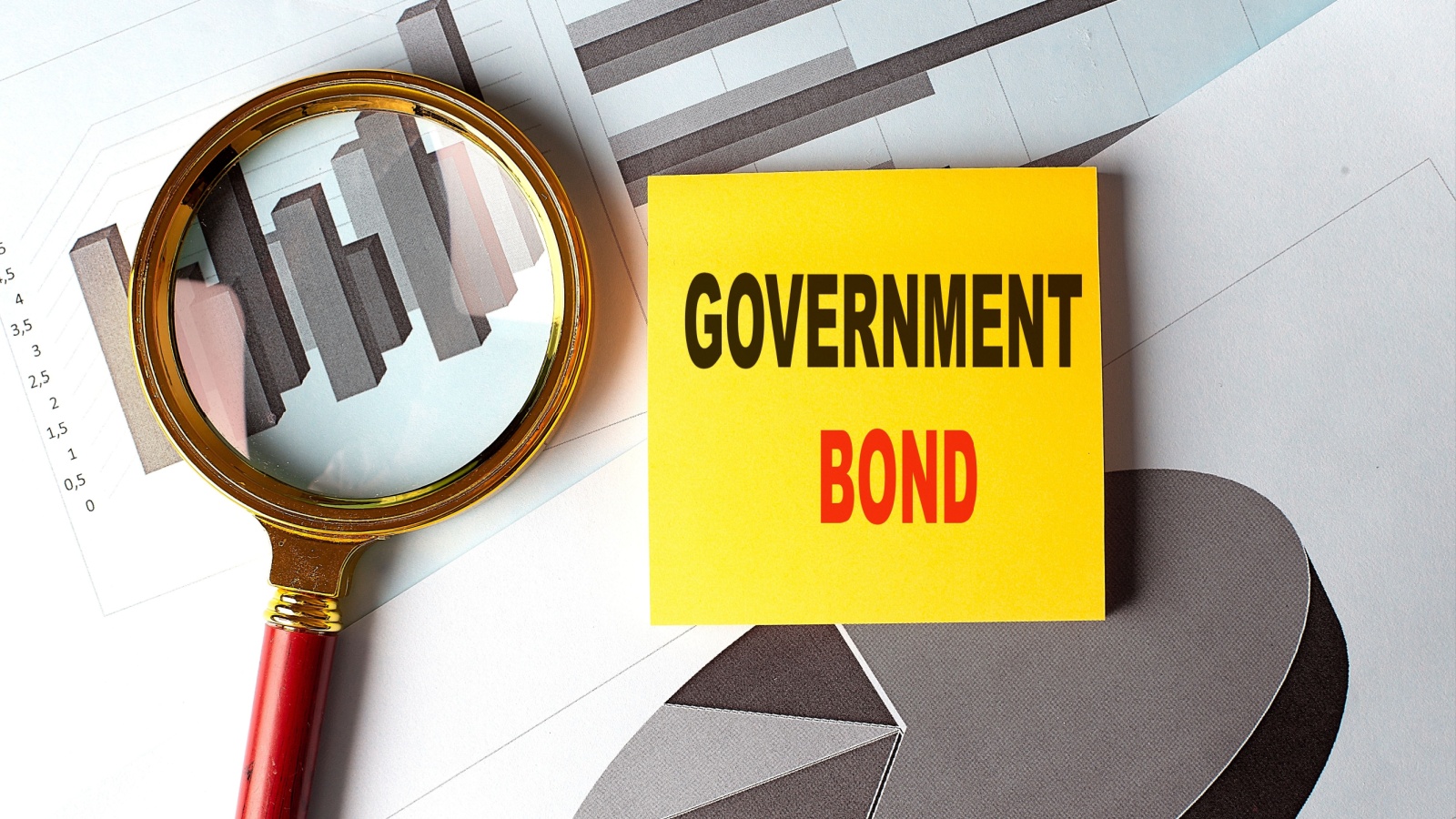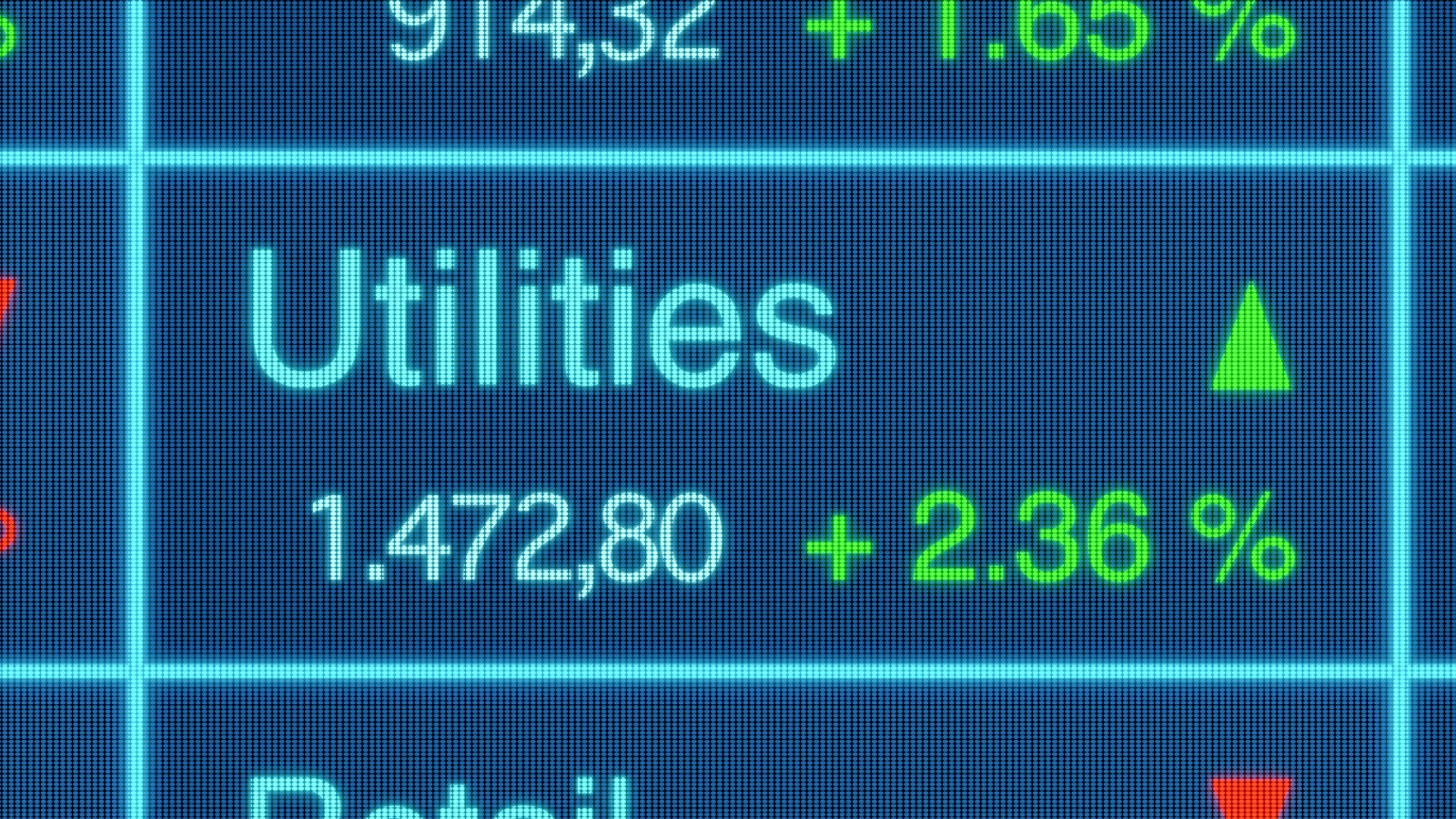Many Canadians gravitate toward investments that seem safe, steady, and low-risk. Unfortunately, some of the most popular “safe” choices aren’t building wealth, but are quietly eroding it. Between inflation, high fees, and disappointing returns, these options often cost more than they deliver. True financial safety means growth that at least keeps pace with the cost of living. These are 17 common “safe” investments that Canadians are losing money on, and you should avoid:
Guaranteed Investment Certificates (GICs)

GICs are often considered the gold standard of safety in Canada, offering guaranteed principal and fixed returns. But the trade-off is painfully low interest rates, often below inflation. Over time, the real value of the money locked in a GIC diminishes, leaving investors with poorer purchasing power. With early withdrawals facing penalties and long terms tying up capital, the opportunity cost is steep, and while GICs may suit extremely risk-averse investors, they are far from wealth-building tools. Many Canadians believe they are securing their future, when in reality, their savings are slowly losing ground year after year.
High-Interest Savings Accounts (HISAs)

High-interest savings accounts promise safe growth, but in practice, they deliver minimal returns. Even at promotional rates, HISAs rarely outpace inflation in Canada’s current economic climate. Once teaser rates expire, balances often earn barely more than standard savings accounts, and although HISAs are useful for emergency funds or short-term goals, relying on them as a long-term investment strategy is a mistake. Funds kept in these accounts are secure but stagnant, slowly eroded by the rising costs of living. The high-interest label can be misleading, lulling investors into believing that they’re growing wealth when it’s merely sitting idle.
Government Bonds

Canadian government bonds carry minimal default risk, making them appear dependable. However, long-term bond yields are often lower than inflation, eroding real returns., while the rising interest rates can also hammer bond values, leaving investors stuck with losses if they sell early. For retirees, this is especially damaging, as capital preservation gets offset by reduced purchasing power. Bonds may serve a purpose in balanced portfolios, but over-reliance on them as a “safe” haven often results in wealth stagnation. What once worked for past generations is now leaving many investors disappointed in today’s low-yield environment.
Corporate Bonds from Blue-Chip Companies

Blue-chip corporate bonds may seem like a safe bet, backed by well-known companies with stable track records. But low yields and interest rate sensitivity mean that they don’t always deliver value. In times of economic downturn, even blue-chip issuers can face credit downgrades, dragging bond values down. Investors relying heavily on these bonds often underestimate the opportunity cost of tying up funds for limited returns. While safer than stocks, they rarely keep pace with inflation, leaving portfolios vulnerable.
Dividend-Paying Utility Stocks

Utilities are often labeled as safe investments, with steady dividends and recession-resistant demand. However, these stocks can underperform during periods of rising interest rates, as investors flock to safer fixed-income products. Additionally, regulated pricing caps limit their growth potential, making them susceptible to inflationary pressures. Many Canadians rely too heavily on utilities for stability, only to see limited capital appreciation. While they serve a role in diversification, utilities aren’t a foolproof shield. Over-concentration in these “safe” stocks can leave portfolios lagging, especially in markets where broader equities are generating stronger returns.
Insurance-Linked Investment Products

Products like segregated funds or whole-life insurance policies are often marketed as safe, offering guarantees or death benefits. Yet they come with high management fees and limited flexibility. Many Canadians pay steep premiums for features they don’t fully use, eroding long-term returns. While they offer peace of mind, the cost often outweighs the benefits compared to traditional investments. Complex terms and hidden charges make them difficult to evaluate, which leaves investors trapped in underperforming products. What feels like safety can turn into an expensive drag on wealth, especially when other low-cost options are readily available.
Bank-Owned Mutual Funds

Mutual funds offered by major Canadian banks are often pitched as secure and trustworthy, but they typically carry high management expense ratios (MERs), which eat into returns over time. Even in strong markets, fees can significantly reduce overall growth, resulting in disappointing returns for investors. Many funds underperform simple index-tracking ETFs, yet they continue to attract deposits due to their perceived safety. This false sense of security comes at a steep cost, as investors lose thousands in compounding potential. Trusting a bank’s brand name doesn’t always mean getting a good deal when it comes to long-term wealth building.
Gold and Precious Metals

Gold is often viewed as a safe-haven investment, especially in uncertain times. But its value can be highly volatile, and it produces no income in the form of interest or dividends. In Canada, storage costs and premiums on physical gold can further eat into returns, and long-term, gold often underperforms equities, making it unreliable as a primary wealth-building tool. While it can hedge against inflation or currency swings, overallocating to gold leaves portfolios exposed to prolonged periods of stagnation. For many investors, the security of gold is more psychological than financial, leading to lost growth opportunities.
Certificates of Deposit Equivalents

Canadian equivalents of certificates of deposit (similar to GICs) promise guaranteed returns over fixed terms. While they provide principal protection, returns are often lower than inflation, eroding real wealth. Breaking terms early incurs penalties, locking investors into poor-performing vehicles. These products are marketed as ultra-safe, but in practice, they offer little beyond the illusion of growth. With interest rates rarely keeping up with rising costs, long-term reliance on these instruments quietly drains purchasing power. They remain popular with conservative investors, but the hidden cost of lost opportunity makes them a poor choice for serious wealth accumulation.
Money Market Funds

Money market funds are designed for capital preservation and liquidity, but they rarely deliver meaningful returns. In Canada, their yields often barely exceed regular savings accounts, leaving investors lagging behind inflation, and even though they are safer than equities, the trade-off is stagnation. These funds are commonly marketed as safe parking spots for cash, yet the longer funds remain there, the greater the erosion in real value. For investors who believe they’re investing conservatively, money market funds offer little beyond stability, but the reality is that safety without growth results in long-term losses, particularly when the cost of living keeps rising.
Preferred Shares

Preferred shares are pitched as a safe middle ground between stocks and bonds, offering fixed dividends. However, their performance is closely tied to interest rate fluctuations, and rising rates can cause significant declines in value. They also lack the growth potential of common shares, leaving portfolios stagnant. Many Canadian investors hold preferreds for income, only to face disappointment when market conditions shift. While they can serve niche purposes, over-reliance on them as a secure option leads to lackluster results. Their perceived safety often masks the real risk of underperformance compared to other balanced investment strategies.
Annuities

Annuities promise guaranteed income for life, which appeals to retirees seeking stability. However, these products often come with low payouts, high fees, and little flexibility. Once capital is locked in, access is gone, regardless of changing needs, and inflation can also erode the real value of annuity payments over time, leaving retirees struggling to keep up with expenses. Many Canadians buy annuities believing they are securing peace of mind, but the trade-offs are significant. The cost of that guarantee often outweighs the benefits, making annuities more restrictive than rewarding as a long-term wealth strategy.
Savings Bonds

Canadian savings bonds once symbolized safe investing, backed by the government, but today, they offer such low returns that they barely keep pace with inflation. In fact, the federal program was discontinued in 2017 due to a lack of demand, although older bonds remain in circulation. For those still holding them, returns are negligible, and the capital could be working harder elsewhere. The nostalgia surrounding savings bonds often blinds investors to their ineffectiveness. While they may feel reassuring, they do little to support long-term financial goals, leaving investors with outdated and underperforming assets in their portfolios.
Conservative Target-Date Funds

Target-date funds automatically shift toward conservative assets as retirement nears, which sounds safe in theory. However, the overly cautious approach often results in missed growth opportunities, while heavy allocations to bonds and money markets can cause portfolios to underperform, especially during inflationary periods. Many Canadian investors rely on these funds without realizing how much potential wealth they’re leaving on the table, and fees can also chip away at returns, adding insult to injury. The concept is appealing, but the execution often leaves investors worse off, with safety purchased at the expense of long-term financial health.
Real Estate Investment Trusts (REITs)

REITs are popular for income generation, often viewed as a stable alternative to direct property ownership. However, they come with risks that many investors underestimate, as rising interest rates can drive down values, while market volatility can cause significant fluctuations in share prices. In Canada, sector-specific REITs, such as retail or office-focused ones, are especially vulnerable to economic shifts. While payouts may seem reliable, capital appreciation often falls short of expectations. Over-allocation to REITs can lead to underperformance, making them far less “safe” than they appear on the surface.
Conservative Balanced Funds

Balanced funds with heavy leanings toward fixed income are often promoted as safe and steady. However, these conservative mixes can severely limit growth. With bonds and cash underperforming, the equity component may not be strong enough to compensate, and high fees attached to many of these funds further drag down returns. For Canadians relying on them for retirement growth, the results are often disappointing, and what feels like a careful strategy turns into years of stagnation. Conservative balanced funds provide comfort but rarely deliver the kind of performance needed to outpace inflation and build lasting wealth.
Foreign Currency Accounts

Foreign currency savings accounts seem like a safe way to diversify, particularly for Canadians with ties abroad. However, they come with hidden costs like unfavorable exchange rates and service fees. Unless exchange movements play out perfectly, balances often lose value in real terms. These accounts also provide minimal interest, making them ineffective as long-term investments. Many investors keep funds parked in them, believing they are hedging risks, but they end up eroding purchasing power instead. What feels like financial safety actually results in slow losses, making foreign currency accounts a poor substitute for smarter diversification strategies.
21 Products Canadians Should Stockpile Before Tariffs Hit

If trade tensions escalate between Canada and the U.S., everyday essentials can suddenly disappear or skyrocket in price. Products like pantry basics and tech must-haves that depend on are deeply tied to cross-border supply chains and are likely to face various kinds of disruptions
21 Products Canadians Should Stockpile Before Tariffs Hit

Abhishek Ragunath is specialized writer for Trendonomist focusing on topics related to Investing, Money, Technology, Marketing and everything in between. He enjoys hiking, travelling, and is a self proclaimed foodie! He has written for brands including Hashtag Investing, Motely Fool, WallstreetZen & More.
